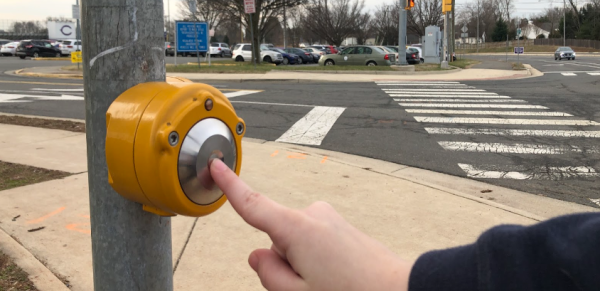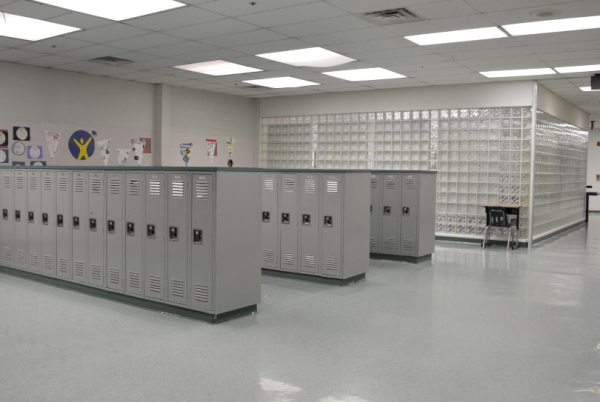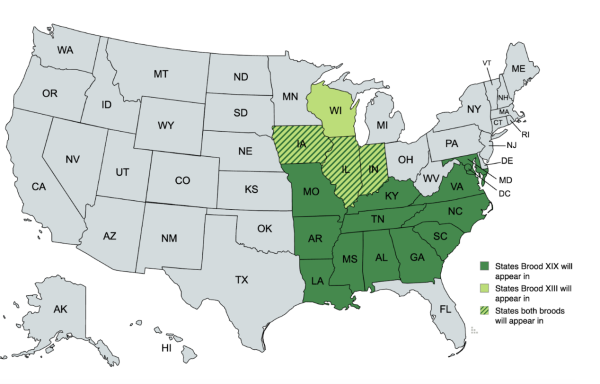Not your childhood Barbie
Toy companies develop new products to promote inclusivity
March 28, 2019
Toy companies like Mattel and Lego have been entertaining children since the 1930s and 40s and have created many widely loved characters. In recent years, these companies have begun to offer increasingly diverse products to meet the growing demand for inclusivity. One of the most prominent examples of these modifications is the introduction of new Barbie body types.
In 2016, Mattel released three new body types for the new Barbie Fashionistas line: tall, curvy and petite. The line also comes with seven skin tones, 22 eye colors and 24 hair styles. This variety of figures allows girls to find dolls that look more like themselves.
“[The new body types for Barbie are] definitely good for the growing population because as children grow up, they need to know that they’re more included and normal,” junior Jenna Antonacci said.
For years, Mattel has received harsh criticism for Barbie’s unrealistically skinny body proportions. The new body types are a long-awaited change to expand and vary the types of figures.
“It’s really good [that Barbie is more inclusive], especially for children, because they won’t feel as insecure,” freshman Tina Vu said. “They’ll feel happier in their own body instead of trying to be this perfect hourglass.”
In 2017, Mattel added new Ken dolls to the Fashionistas line featuring varied skin tones, eye colors and body types. A preview of the 2019 Barbie Fashionistas line is even more diverse, displaying two dolls with disabilities: one in a wheelchair and the other with a prosthetic leg.
“[Figures with disabilities] can make kids with disabilities feel more included,” Vu said. “They don’t want to be seen as outcasts.”
In 2016, LEGO came out with its first figure in a wheelchair, a change that many admired for its representation of people with disabilities. Other brands, such as American Girl, are also becoming more inclusive, offering hearing aids, arm crutches, leg braces and wheelchairs as accessories. Many appreciate these toys for their realistic depiction of children with disabilities.
“Introducing diversity through toys is a healthy way of showing kids that people can be and are different,” senior Jason Chu said. “Having a disability doesn’t mean that a person is all of a sudden weird.”
As society progresses, toy companies are following. Toy brands are continuing to include more of the diverse populations that they had previously left out. Companies like Mattel and Lego have started to realize that toy representation can carry great influence in children.
“When you’re young, you learn a lot about society through experiences. It’s all about that first impression of what the world is that really impacts the future of a child,” Chu said. “These toys should help in introducing a healthy and good first impression of what the world is.”













